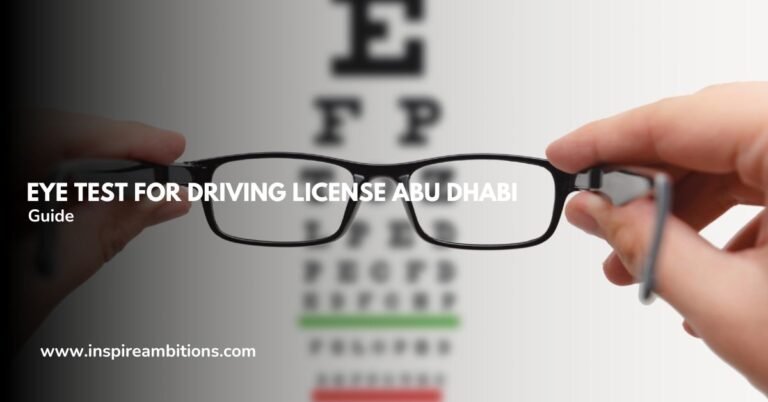千禧一代绩效评估的现代方法——提高参与度和生产力

“A stitch in time saves nine” is a familiar phrase that implies timely effort will prevent more extensive problems later. This belief is particularly significant in today’s dynamic workplace when considering performance appraisals for millennials—the cohort born between 1981 and 1996. Traditional performance appraisal methods are often seen as outdated by millennials, who prefer immediate feedback to yearly evaluations.
Modern performance management systems have thus adapted to include continuous feedback loops, goal alignment that speaks to individual and organizational values, and technology to facilitate ongoing conversations.
Companies are redesigning their performance evaluation processes to attract and retain millennial talent. These up-to-date methods focus on frequent, 建设性的反馈意见 and a coaching approach rather than the authoritative reviews of the past.
Organizations increasingly use apps and online platforms where employees can track their achievements in real-time, set short-term goals, and receive instant feedback from peers and supervisors. This shift caters to millennials’ preference for technology and supports a culture of transparency and interaction, which is integral to their work satisfaction and engagement.
The push towards modernizing performance appraisals also emphasizes 个人成长和发展 opportunities, aligning with millennials’ career aspirations. Goal-setting is now a collaborative process, with employees being encouraged to outline their career paths and explore professional development activities supported by the organization.
This approach not only aids in personalizing the employee’s career journey but ensures their objectives align with company goals, creating a mutually beneficial environment. Understanding these modern methods and their impact on millennial workforce management is crucial for today’s leaders.
Modern Methods of Performance Appraisal for Millennials
让我们开始。
Understanding Modern Performance Appraisal Methods

Performance appraisals have evolved to ensure that you, as a millennial in the workforce, receive more comprehensive and tech-enhanced feedback. This shift addresses your need for continuous growth and meaningful engagement in your career.
360-Degree Feedback and Its Evolution
Initially, the 360-degree feedback method offered a well-rounded view by including assessments from all directions—peers, subordinates, and superiors.
However, it’s the 720-degree method that’s emerged as a game-changer. It extends feedback to external sources such as clients. It uses social media to gather and give feedback leveraged for its potential impact on 个人发展 and professional growth.
- Internal Feedback: Peers, supervisors, subordinates
- External Feedback: Clients, social media platforms
Performance Appraisal Technology Tools
The latest technology tools cater to your desire for fast and efficient processes. Performance management systems are integrated platforms that collect real-time feedback and present it in user-friendly dashboards.
Key Tools:
- Real-time Feedback: Immediate insights into performance
- User-friendly Dashboards: An intuitive interface for analysis and understanding
Behaviorally Anchored Rating Scale (BARS)
BARS link job performance to specific behavioural examples rated against a scale. This method helps you understand precisely where you stand regarding expected behaviours and outcomes. It provides a clear structure and minimizes ambiguity in performance appraisals.
- Examples of BARS:
- Outstanding: Exceeds expectations with exceptional behaviour
- Competent: Meets expected standards of performance
- Needs Improvement: Falls below the required job behaviour
The Role of Continuous Feedback

In today’s dynamic work environment, you need more than just an annual review to stay on course. Continuous feedback transforms performance management into an ongoing conversation, empowering you to excel daily.
Real-Time Feedback Mechanisms
Real-time feedback is revolutionizing how you receive insights on your performance. Here’s how it impacts your work life:
- Engagement: Instant responses keep you engaged, motivated, and informed.
- Frequent Feedback: Regular check-ins lead to quick adjustments and growth.
Tools like instant messaging apps and dedicated feedback software help you stay informed and swiftly adapt to changes or expectations.
Constructive and Specific Feedback
For feedback to be effective, it must be both constructive and specific. Here is what this entails:
- Constructive Feedback: Aimed at reinforcing positive behaviours and tactfully addressing areas for improvement.
- Specific Feedback: Provides clear, actionable insights rather than vague comments, ensuring you know exactly how to proceed.
By concentrating on these aspects, you’re well-equipped with the knowledge to continuously enhance your performance.
Career Development and Employee Growth
Career development and employee growth are crucial as millennials continue to dominate the workforce. It’s not just about climbing the corporate ladder but aligning individual passions with company goals.
Aligning Aspirations with Performance Metrics
To foster a culture of continuous growth, your aspirations must be mirrored in performance metrics. Companies increasingly adopt systems where:
- Employee goals are personalized, focusing on individual potential 和 aspirations.
- Performance indicators are tailored to measure progress towards these personal benchmarks.
- Regular feedback sessions ensure alignment and opportunities for professional development.
Opportunities for Professional Advancement
Professional advancement hinges on identifying and leveraging 成长机会. Companies can facilitate this by:
- Providing clear pathways to promotion that reflect performance and potential.
- Offering mentorship programs, 领导力培训, and project assignments that stretch employee performance and skill sets.
Milestones, achievements, and stepping stones to more excellent career development should characterize your journey through the corporate milieu.
Integration with Organizational Objectives
Performance appraisals are not only about evaluating past work but also about aligning individual efforts with company goals.
In this light, integrating appraisal systems with organizational objectives is vital to steer the workforce, especially millennials, toward a typical horizon. Continuous feedback and clear directions through performance appraisals energize and engage employees, fostering a sense of purpose and direction.
Management by Objectives (MBO) Approach
Management by Objectives (MBO) is a strategic model that marries individual performance with organizational objectives. Here’s how it unfolds:
- 目标设定: At the beginning of the evaluation period, you and the leadership team outline clear, attainable goals that contribute to the company’s broader mission.
- Clarity is key. Ensure the goals are specific, measurable, achievable, relevant, and time-bound (SMART).
- Monitoring Progress: Rather than waiting for an annual review, progress towards these goals is monitored regularly.
- A dynamic action plan is essential for on-track performance and timely adjustments.
- Evaluating Performance: As you approach the set timeframe’s conclusion, objectively assess the outcomes against the set goals.
- Quantitative and qualitative measures are used for a comprehensive view of performance.
- Feedback Loop: The results of this evaluation feed into new goal-setting, reinforcing the performance-evaluation cycle.
- Constructive feedback informs area-specific improvements and personal development plans.
By employing the MBO approach, you effectively synchronize individual aspirations with organizational targets. Leverage regular check-ins to drive motivation and offer opportunities for millennials to shape their growth trajectory within the framework of the company’s vision. Remember, it’s about finding the sweet spot where personal growth and business success intersect.






